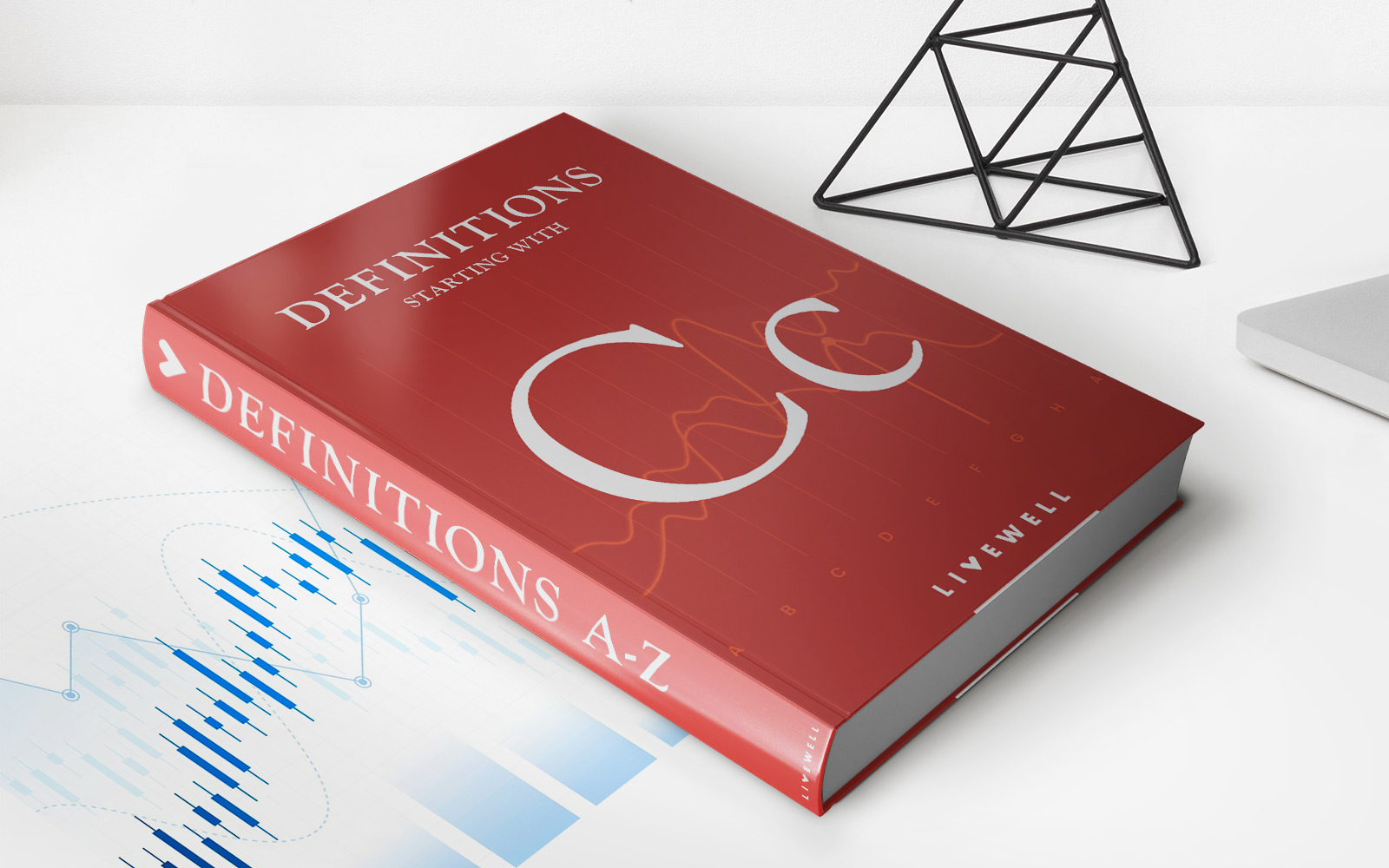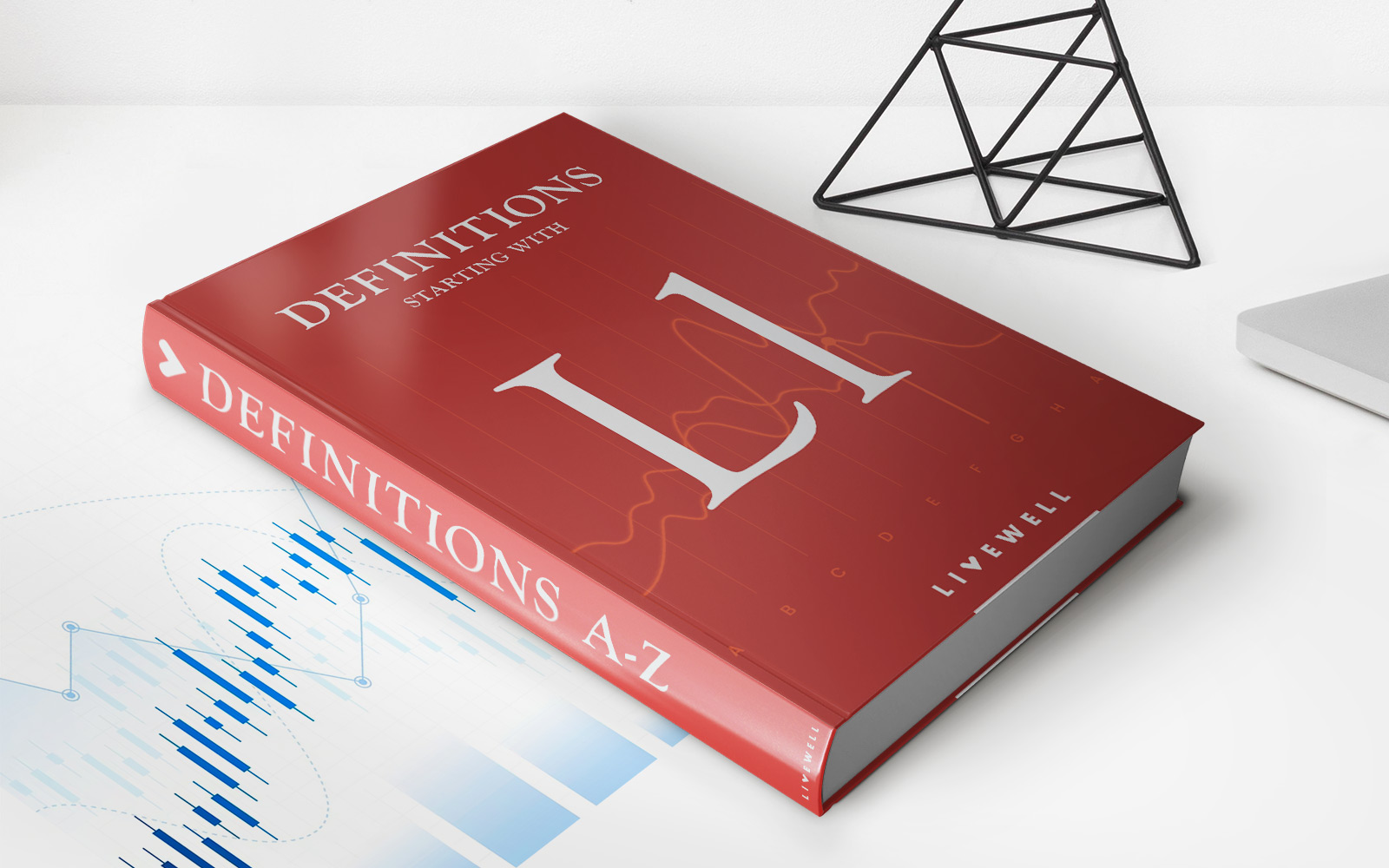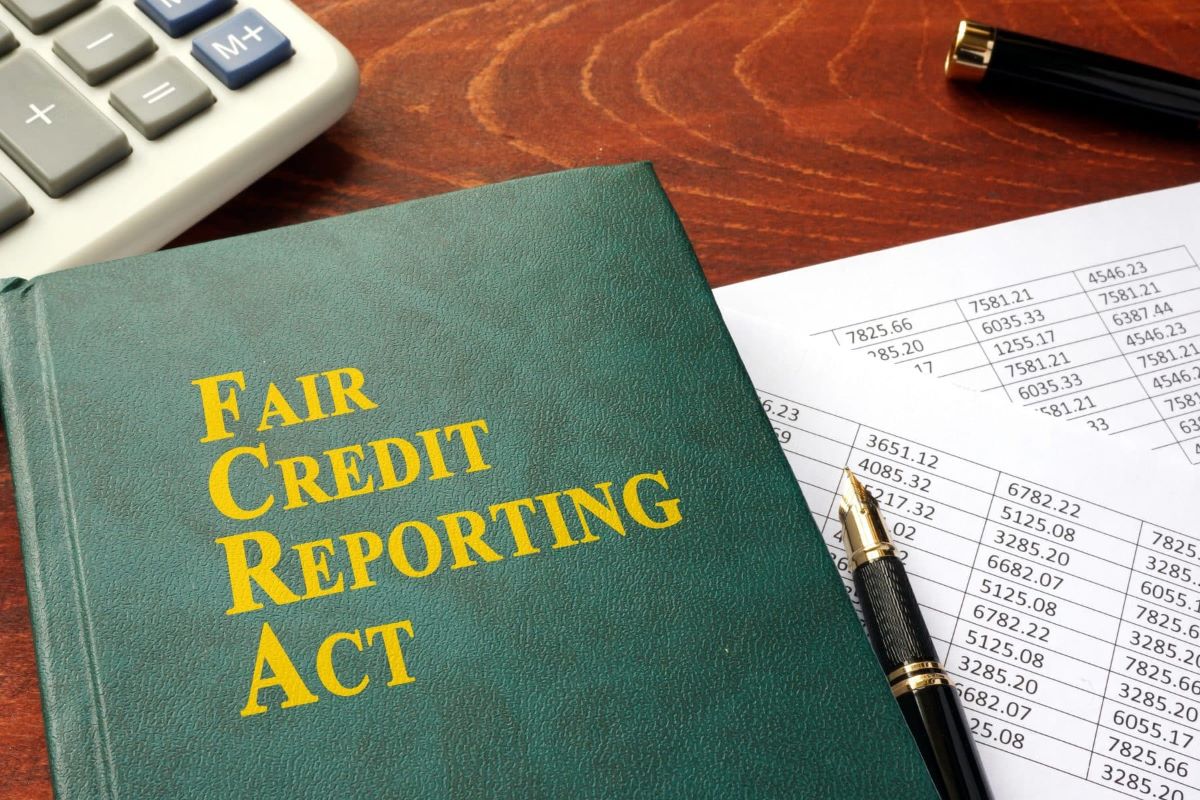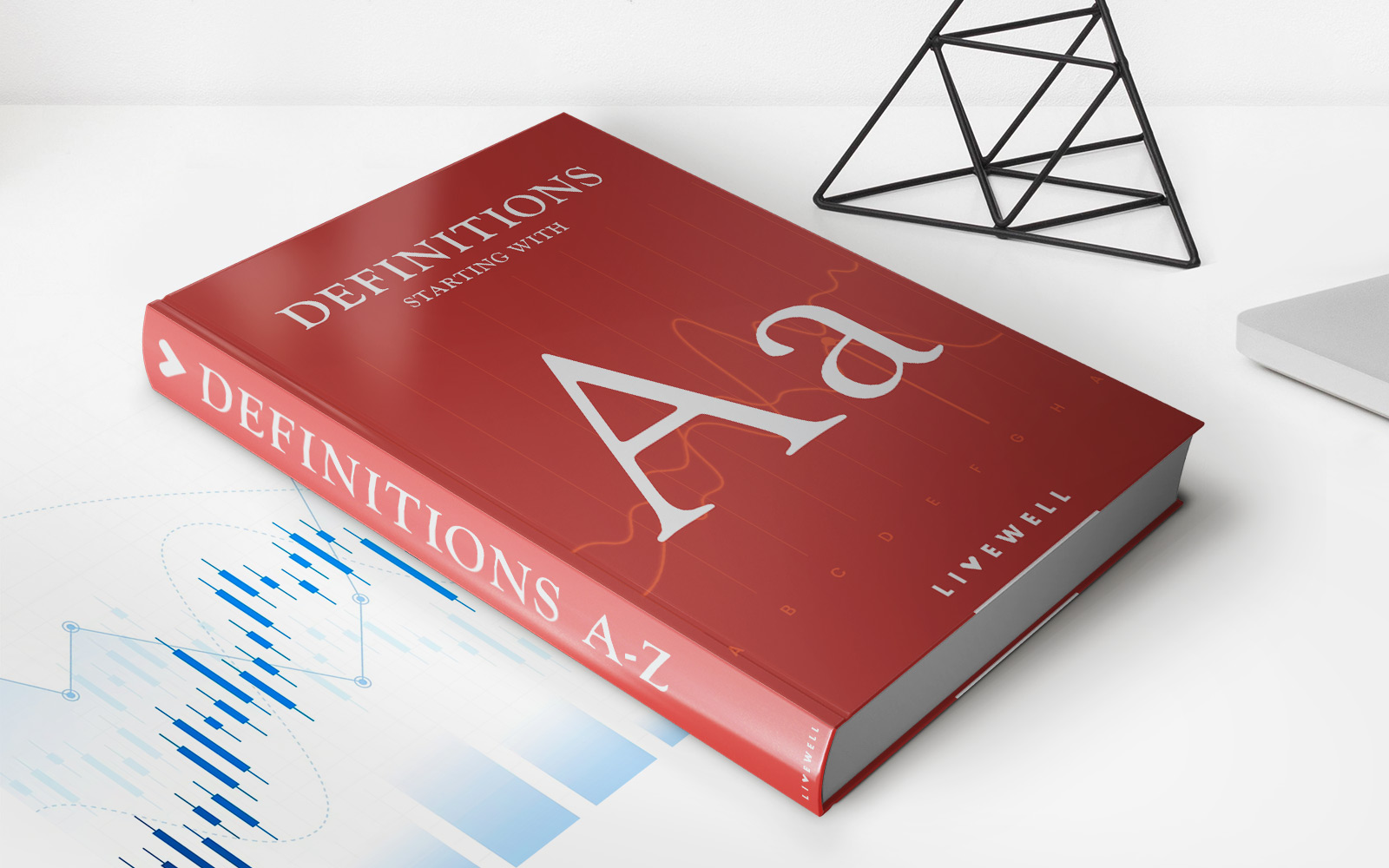Home>Finance>How Will Reducing Credit Utilization From 70% To 30% Impact My Score


Finance
How Will Reducing Credit Utilization From 70% To 30% Impact My Score
Published: March 6, 2024
Learn how reducing credit utilization from 70% to 30% can impact your finance score. Discover the benefits of managing your credit wisely.
(Many of the links in this article redirect to a specific reviewed product. Your purchase of these products through affiliate links helps to generate commission for LiveWell, at no extra cost. Learn more)
Table of Contents
**
Introduction
**
Welcome to the world of credit scores and financial well-being! Your credit score plays a pivotal role in your financial journey, influencing your ability to secure loans, mortgages, and credit cards. One of the key factors that significantly impacts your credit score is credit utilization. In this article, we will delve into the intricacies of credit utilization and explore how reducing it from 70% to 30% can potentially impact your credit score.
Understanding the nuances of credit utilization is crucial for anyone aiming to improve their credit score and overall financial health. By gaining insights into this aspect of credit management, you can make informed decisions that may positively influence your financial future. So, let's embark on this enlightening journey to unravel the impact of reducing credit utilization on your credit score.
As we delve deeper into this topic, we will explore the implications of high credit utilization, the potential benefits of reducing it, and the factors to consider when aiming to decrease your credit utilization ratio. Additionally, we will assess the potential impact of this reduction on your credit score, providing you with a comprehensive understanding of how this financial maneuver can shape your credit profile.
So, fasten your seatbelt and get ready to navigate the intricate landscape of credit utilization as we uncover the potential impact of reducing your credit utilization from 70% to 30% on your credit score. Let's embark on this enlightening journey to unravel the impact of reducing credit utilization on your credit score.
Understanding Credit Utilization
Credit utilization is a fundamental concept in the realm of credit scoring, referring to the proportion of your available credit that you are currently using. This ratio is calculated by dividing your total credit card balances by your total credit limits and is expressed as a percentage. For instance, if you have a total credit limit of $10,000 and your current credit card balances amount to $3,000, your credit utilization ratio would be 30%.
It is essential to comprehend the significance of maintaining a low credit utilization ratio. Lenders and credit bureaus consider a lower utilization ratio as an indicator of responsible credit management, potentially leading to a positive impact on your credit score. Conversely, a high credit utilization ratio can raise red flags and may be perceived as a sign of financial distress or over-reliance on credit, potentially resulting in a negative impact on your credit score.
By grasping the concept of credit utilization and its implications, you gain valuable insights into the factors that influence your credit score. Moreover, understanding the dynamics of credit utilization empowers you to make informed decisions about managing your credit card balances and overall credit usage. This knowledge serves as a cornerstone for implementing effective strategies to optimize your credit utilization ratio and, consequently, enhance your creditworthiness.
As we continue our exploration, we will delve deeper into the impact of high credit utilization on your credit score and the potential benefits of reducing this ratio. By gaining a comprehensive understanding of credit utilization, you are better equipped to navigate the intricacies of credit management and leverage this knowledge to bolster your financial well-being.
The Impact of High Credit Utilization
High credit utilization can have significant repercussions on your credit score and overall financial standing. When your credit utilization ratio surpasses a certain threshold, typically around 30%, it can send a signal to lenders and credit bureaus that you may be overextended or encountering financial challenges. This perception may lead to a negative impact on your credit score, potentially diminishing your creditworthiness and limiting your access to favorable financial products and terms.
Furthermore, a high credit utilization ratio can indicate a heightened risk for lenders, as it suggests that you are utilizing a substantial portion of the credit available to you. This scenario may raise concerns about your ability to manage additional credit responsibly, potentially leading to increased scrutiny and reluctance from lenders to extend new credit opportunities to you.
Moreover, the impact of high credit utilization extends beyond your credit score. It can also result in increased interest payments, as carrying high balances on your credit cards may lead to elevated finance charges. This can further strain your financial resources and impede your efforts to achieve long-term financial stability.
Understanding the ramifications of high credit utilization underscores the importance of actively managing your credit card balances and overall credit usage. By proactively addressing high utilization, you can mitigate the potential adverse effects on your credit score and financial well-being. In the subsequent sections, we will explore the strategies and considerations involved in reducing credit utilization from 70% to 30%, shedding light on the potential benefits of this financial adjustment.
Reducing Credit Utilization from 70% to 30%
Reducing credit utilization from 70% to 30% entails a strategic approach to managing your credit card balances and overall credit usage. This endeavor involves diligently working towards decreasing the amount of credit you are currently utilizing in relation to your available credit limits. By implementing effective tactics and exercising financial discipline, you can gradually lower your credit utilization ratio, potentially yielding favorable outcomes for your credit score and financial profile.
One of the primary strategies for reducing credit utilization involves paying down existing credit card balances. By allocating additional funds towards paying off outstanding balances, you can systematically decrease the amount of credit you are utilizing, thereby lowering your credit utilization ratio. This approach demonstrates responsible credit management and can positively influence your credit score over time.
Another effective tactic is requesting an increase in your credit limits. By expanding your total available credit while maintaining relatively stable balances, you can effectively lower your credit utilization ratio. However, it is crucial to exercise prudence when pursuing this strategy, as it should not lead to a surge in new credit card spending, which could potentially exacerbate your credit utilization ratio.
Furthermore, consolidating credit card balances or transferring them to a single card with a lower interest rate can be a viable option for managing credit utilization. This approach streamlines your credit balances, potentially making it more manageable to reduce your overall credit utilization ratio and simplify your credit management efforts.
As you embark on the journey of reducing your credit utilization, it is essential to remain committed to prudent financial habits and disciplined credit management. Consistently monitoring your credit card balances, making timely payments, and avoiding unnecessary credit card expenditures are integral aspects of this endeavor. By embracing these practices, you can gradually transition from a high credit utilization ratio to a more favorable level, potentially enhancing your credit score and bolstering your financial well-being.
Factors to Consider When Reducing Credit Utilization
When embarking on the journey to reduce credit utilization, several crucial factors warrant careful consideration to ensure a well-informed and effective approach. By evaluating these factors and incorporating them into your credit management strategy, you can navigate this endeavor with clarity and purpose, maximizing the potential benefits for your credit score and overall financial health.
Financial Planning and Budgeting:
Prior to initiating efforts to reduce credit utilization, it is imperative to assess your financial situation comprehensively. Developing a clear understanding of your income, expenses, and existing debt obligations enables you to formulate a realistic and sustainable plan for managing your credit card balances. By integrating credit utilization reduction goals into your overall financial plan, you can align this objective with your broader financial objectives and allocate resources strategically.
Credit Limit Increase Considerations:
When contemplating a request for an increase in your credit limits, it is essential to approach this option judiciously. While a higher credit limit can potentially lower your credit utilization ratio, it also poses the risk of increased temptation to accumulate more debt. Therefore, it is crucial to assess your ability to manage additional credit responsibly and avoid the potential pitfalls of excessive spending that may counteract your efforts to reduce credit utilization.
Impact on Credit Score and Creditworthiness:
Reducing credit utilization can have a positive impact on your credit score and overall creditworthiness. However, it is important to recognize that the effects may not be instantaneous. Understanding the timeline and potential nuances of how credit utilization reduction influences your credit score empowers you to maintain realistic expectations and persevere in your credit management endeavors.
Debt Repayment Strategies:
Implementing effective debt repayment strategies is integral to reducing credit utilization. Whether through prioritizing high-interest balances, leveraging balance transfer options, or consolidating credit card debt, selecting the most suitable approach aligns with your financial circumstances and goals. By devising a structured repayment plan, you can systematically diminish your credit card balances and lower your credit utilization ratio over time.
Disciplined Credit Management Practices:
Consistency in practicing disciplined credit management is paramount when reducing credit utilization. Timely payments, prudent credit card usage, and ongoing monitoring of your credit balances are essential components of this endeavor. By upholding these practices, you can steadily progress towards achieving a lower credit utilization ratio, thereby fortifying your financial foundation and credit profile.
By conscientiously considering these factors and integrating them into your approach to reducing credit utilization, you can navigate this process with confidence and precision, laying the groundwork for a positive impact on your credit score and long-term financial well-being.
Potential Impact on Credit Score
Reducing credit utilization from 70% to 30% can have a substantial and positive impact on your credit score, underscoring the significance of this strategic financial maneuver. As you diligently work towards decreasing your credit utilization ratio, several potential outcomes may materialize, ultimately contributing to an enhanced credit score and improved creditworthiness.
Positive Influence on Credit Score:
Lowering your credit utilization ratio is widely recognized as a pivotal factor in elevating your credit score. By demonstrating prudent credit management and a responsible approach to utilizing available credit, you convey a favorable financial profile to lenders and credit bureaus. This, in turn, can lead to an upward trajectory in your credit score, reflecting your improved creditworthiness and potential for sound financial decision-making.
Enhanced Creditworthiness:
A reduced credit utilization ratio signifies a decreased reliance on credit and a more balanced approach to managing your available credit limits. This fundamental shift in your credit utilization dynamics can bolster your overall creditworthiness, positioning you more favorably in the eyes of potential lenders and financial institutions. As a result, you may gain access to better loan terms, lower interest rates, and improved opportunities for securing credit in the future.
Long-Term Financial Benefits:
The impact of reducing credit utilization extends beyond immediate credit score improvements, offering enduring financial advantages. By maintaining a lower credit utilization ratio over time, you lay the groundwork for sustained financial stability and enhanced borrowing capabilities. This can translate into increased financial flexibility, reduced interest expenses, and a solid foundation for achieving your long-term financial goals.
Empowerment Through Improved Financial Habits:
Engaging in the process of reducing credit utilization fosters a heightened awareness of your credit management practices and financial behaviors. This heightened consciousness can catalyze a positive shift in your financial habits, encouraging greater mindfulness in credit card usage, debt management, and overall financial decision-making. As a result, you may experience a holistic transformation in your approach to financial stewardship, yielding enduring benefits for your credit score and financial well-being.
By recognizing the potential impact of reducing credit utilization from 70% to 30% on your credit score, you gain valuable insight into the far-reaching implications of this strategic financial initiative. As you navigate this journey, remain steadfast in your commitment to responsible credit management, knowing that your efforts can pave the way for a brighter financial future and a strengthened credit profile.
Conclusion
Congratulations on embarking on this enlightening journey to understand the impact of reducing credit utilization from 70% to 30% on your credit score. Throughout this exploration, we’ve delved into the intricacies of credit utilization, unraveled the implications of high credit utilization, and elucidated the strategies and considerations involved in reducing this ratio. As we conclude, it’s essential to underscore the transformative potential of actively managing your credit utilization and its profound implications for your financial well-being.
By comprehending the pivotal role of credit utilization in shaping your credit score, you’ve gained valuable insights into the levers that can influence your creditworthiness. The impact of high credit utilization on your credit score and financial standing has been elucidated, highlighting the imperative of proactively managing your credit card balances and overall credit usage. As you navigate the landscape of reducing credit utilization, the factors to consider serve as guiding beacons, empowering you to approach this endeavor with clarity and purpose.
The potential impact of reducing credit utilization from 70% to 30% on your credit score is profound, offering the promise of elevated creditworthiness, improved financial habits, and enduring financial benefits. By diligently working towards this objective, you are charting a course towards a stronger credit profile, enhanced borrowing capabilities, and a solid foundation for your long-term financial aspirations.
As you continue your financial journey, remember that responsible credit management and disciplined financial habits are instrumental in shaping your credit score and overall financial well-being. By integrating the insights gleaned from this exploration into your financial practices, you are poised to navigate the complexities of credit utilization with confidence and efficacy, ultimately reaping the rewards of a fortified credit profile and a brighter financial future.
May this newfound understanding empower you to make informed decisions, cultivate prudent financial habits, and embark on a trajectory towards sustained financial stability and prosperity. The impact of reducing credit utilization extends far beyond numerical metrics, encompassing a transformative journey towards financial empowerment and holistic well-being.














